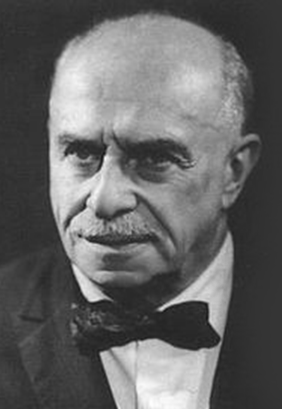Publikacje
Composition of essential oils and some antioxidants in flowers of three Chrysanthemum cultivars
„ Grzeszczuk M., Wesołowska A. 2018. Composition of essential oils and some antioxidants in flowers of three Chrysanthemum cultivars. J. Elem., 23(4): 1331-1342. DOI: 10.5601/jelem.2018.23.1.1543”
DOI: 10.5601/jelem.2018.23.1.1543
Essential oils isolated from flowers of three Chrysanthemum cultivars were analysed by gas chromatography-mass spectrometry (GC/MS). Overall, 82, 68 and 61 components were identified in C. arcticum cv. Schwefelglanz, C. parthenium cv. Aureum, C. parthenium cv. Snowball, respectively. In Chrysanthemum arcticum Schwefelglanz, the main components were chrysanthenone (13.98%), α-thujone (9.56%), tetradecane (6.90%), camphor (6.20%) and α-cadinol (5.70%), while in Chrysanthemum parthenium Aureum they were camphor (38.51%), trans-chrysanthenyl acetate (25.04%), camphene (6.44%) and bornyl acetate (3.54%). Similarly, camphor (39.98%), trans-chrysanthenyl acetate (22.30%), camphene (7.20%) and bornyl acetate (2.98%) dominated in Chrysanthemum parthenium Snowball. Also, the biological value of Chrysanthemum flowers was determined and compared. Moreover, the chemical analyses of raw plant material were conducted, including determinations of the content of dry matter, vitamin C as L-ascorbic acid, titratable acidity, total chlorophyll, chlorophyll a and b, total carotenoids, total polyphenols and antioxidant activity. The flowers of both cultivars of Chrysanthemum parthenium (Aureum and Snowball) were characterised by the higher content of dry matter, titratable acidity, total polyphenols and antioxidant activity in comparison with Chrysanthemum arcticum Schwefelglanz. However, the highest content of total carotenoids was determined in essential oils from the flowers of Chrysanthemum parthenium Aureum.
Słowa kluczowe: edible flowers, Asteraceae, camphor, trans-chrysanthenyl acetate, carotenoids, polyphenols
